Article: 11 THINGS YOU PROBABLY DIDN’T KNOW ABOUT FRAGRANCE CREATION
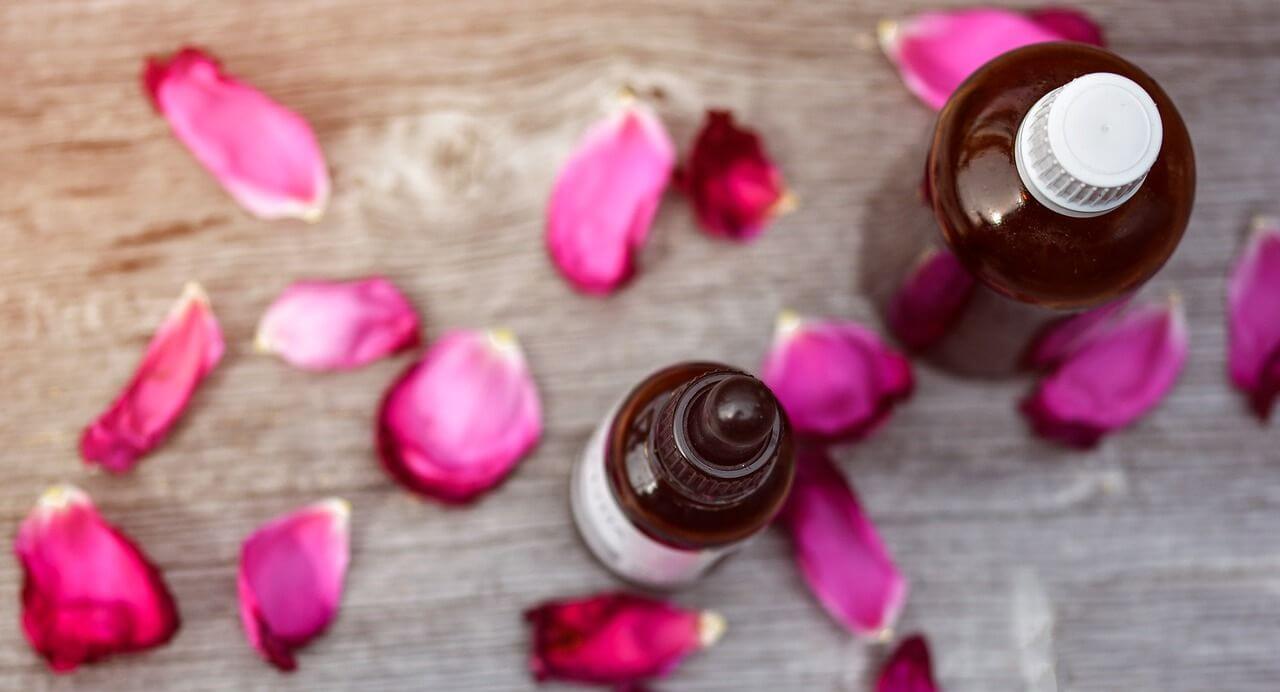
11 THINGS YOU PROBABLY DIDN’T KNOW ABOUT FRAGRANCE CREATION
Perfumery is the artful combination of scents that produce a unique fragrance for an individual or brand. When the average person buys a bottle of perfume, the decision is totally subjective and can be compared to an instant, indelible attraction.
Not only is there no logic attached to the purchase, there also isn’t any thought given as to to how much work by our perfume masters goes into creating a new perfume and which elements were masterfully merged to make that particular irresistible scent. The final fragrance did not come to be on the first try or even the 50th.
Perfumers are an odd lot, remaining always behind the scenes, so to speak. They walk a tightrope connecting the worlds of scientific experimentation and artistic expression, and spend decades honing their craft.
Their goals far exceed the creation of a sweet smelling fragrance that will appeal to consumers, and lies deep within the psychological realms of emotion and memory formation. Spearheaded by the leaders and pioneers of Alpha Aromatics, the modern fragrance industry has evolved from a colorful and rich history that today is a mystical blend of creativity, innovation, romance and marketing strategies.
THE ANCIENT ART OF PERFUME CREATION
It is believed that the priests of ancient Egypt were the first to utilize perfume by burning incense and applying balms and ointments to enhance their religious rituals. According to Mandy Aftel, world renowned perfumer and author of Essence & Alchemy: “They blended the juices from succulent flowers and plants, the pulp of fruits, spices, resins and gums from trees, meal made from oleaginous seeds, wine, honey, and oils to make incense and unguents.”
Egyptian women were known to apply perfumed creams and oils as toiletries and as tools of seduction. Essential oils were integral to their embalming process as well. The use of perfume spread respectively to Greece, Rome and the Islamic world. The twelfth century brought the development of international trade and the establishment of perfume-making as a major European industry. For the next five centuries, perfume use in France particularly grew at a steady pace, aided by the enormous popularity of perfumed gloves. The “perfumed court” of Louis XV was so named because of the daily royal application of fragrance to skin, clothing, fans and furniture.
Innovations in chemistry brought about the modern perfume industry. The town of Grasse in Provence, due to its jasmine, rose and orange-growing trades, became the largest European production center for raw materials, but Paris soon supplanted its dominance as the world’s mecca of perfume production.

Today’s perfume requires a much more complicated process of preparation than its counterparts of yesteryear. Desired scents in specific quantities are blended with either ethanol or ethanol and water. The kind of perfume being made always determines the ultimate concentration of the scent.
In the case of true perfume, the formula may contain up to 40% of scent material. Eau de Parfum will only have up to 20% in its mixture, which renders the resulting aroma much lighter in character and more subtle to the naked nose.
THE IMPORTANCE OF SYNTHETIC SCENTS
Synthetic fragrances are integral to the modern perfume formulation landscape. In the past, scents were derived exclusively from the natural world of essential oils found in plants, animals, and even seaweed. The creative range of these aromas is endless, as many do not exist in nature and their formulas are only limited by the fertility of the perfumer’s imagination.
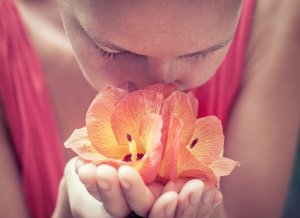
Animal substances such as castor from beavers, musk from male deer and ambergris from the sperm whale (now synthesized) were often used in the making of perfumes because they serve as a sort of glue that enables the fragrance, whatever it is, to evaporate slowly and emit its aroma for a longer period of time.
There is an ongoing debate as to whether synthetic scents are better or worse than natural aromas. Animal oils are both costly and difficult to extract. Formally used in its natural form, musk, for example, derives from glandular secretions of the musk deer and is highly desirable to perfumers. Synthetic versions remove the need to harvest the scent from animals, but ultimate preference lies within the fickle hearts of consumers.
THE JOB AND EDUCATION OF THE MASTER PERFUMER
Some master perfumers have earned the moniker, nez, which is the French word for nose. These elitists are able to remember hundreds of scents, and they can distinguish between them in ways that no untrained nose ever could. Their sense of smell is so keen that they can tell an essential oil from a synthetic ingredient. This is an amazing, almost magical skill when one considers that there are about 200 essential oils and perhaps as many as 1,500 synthetic materials! Despite this, having an astute sense of smell by itself is not enough to become a master perfumer.
We understand that the process begins with the idea of transforming an image into a fragrance, which makes it much more complicated than combining diverse scents. According to scent aficionado, Ann Gottlieb, “I translate whatever the image is for a particular new fragrance… A lot of the work is intuitive and a lot involves factoring in what is going on in the fine fragrance marketplace…”
A huge part of the cost of producing perfume lies in marketing, and this is the main reason why perfumers must often rely on their creativity rather than their noses to guide a course of formulation.
11 LITTLE KNOWN FACTS ABOUT FRAGRANCE CREATION
Here are eleven little-known industry facts about the creative and logistical process of creating fragrances for the commercial market.
IT TAKES 30-70 ESSENTIAL OILS TO CREATE A FINE FRAGRANCE
The manufacture of perfume is dependent on essential oils, which are harvested from about 2,000 of the world’s 250,000 known flowering plant species. Thousands of flowers are needed to obtain just one pound of essential oils, and the annual yield is totally dependent on plentiful harvests. If a season’s crop is destroyed by disease, it can profoundly affect perfume production.
MOST FRAGRANCES CONTAIN NATURAL AND SYNTHESIZED MATERIALS
There’s a general misconception that high quality perfumes are natural, but this is not true. Consumer preferences for perfume have changed down through the years, and modern tastes seem to lean to less concentrated scents. Man-made molecules are singular and can be easily combined with natural oils, to create more diverse fragrances. Natural substances are constrained by the vagaries of availability, and by combining both types of molecules, our chemists are able to produce a myriad of fine scents of great intensity, variety and intrigue.
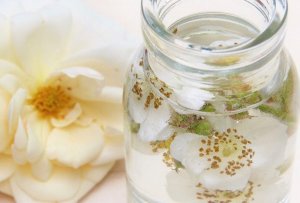
MOST ESSENTIAL OILS ARE GROWN OUTSIDE OF THE UNITED STATES
Due to the surging popularity of essential oils for use in the personal care, perfume and cosmetics industries as well as aromatherapy, the United States is the largest importer and consumer of essential oils, importing some 40% of the total world production. According to a new report issued by Grand View Research, Inc, the American essential oil market is projected to reach USD 7.34 billion by the year, 2024 with a compound annual growth rate (CAGR) of 9%. The United States imports roughly $1.27 billion from a variety of nations which include: Indonesia, China and India.
UP TO 12 MODIFICATIONS ARE MADE TO TWEAK A ROUNDED FRAGRANCE
Trial, error and patience are the key elements required to create a distinct and unforgettable perfume. Like the grapes of fine wine that need time to ferment to a state of perfection, so does a new scent demand modification. In the words of Ann Gotlieb: “We start working on about a dozen different fragrances, and as the process continues, we eliminate until we have the fragrance we like best.”
PERFUME CREATION STARTS WITH A MARKETING BRANDING BRIEF
This involves putting into words the requirements and specifications of any new fragrance to insure its successful launch into the perfume market place. It is a comprehensive, highly detailed report that must mention the characteristics and the values the new fragrance is expected to convey. The brief is the blueprint of the scent, and the story it is destined to tell to its potential wearers. It is a delicate endeavor because its crafting and execution involves a dual awareness of fragrance composition and olfactory profile as well as an understanding as to how the scent will connect with its target audience.

There are two types of fragrance briefs: manufacturer and creative. The former is usually written by the brand’s marketing team, and includes a fragrance profile, the estimated cost of raw materials. the time line for development and any other suggested marketing strategies. Creative briefs are usually drafted more openly, with no direct client in mind. Sometimes known as “Blue Sky briefs,” this version is meant to inspire both the perfumer and perspective clients.
FRAGRANCE CREATION IS 90 % ARTISTRY AND 10 % SCIENCE
The 90% creative aspect refers to the ability to verbalize the requests indicated in the branding brief. It also involves interpreting all of the top, middle and base notes in terms of how they will blend together to become a unique and fragrant amalgam.
The 10% science factor lies in the knowledge of how to build the fragrance so that it will evaporate in proper segments, which in turn requires an intimate awareness of the intensities of both essential oils and synthetic fragrance materials. Accords and their iconic character, ty, are the true building blocks of all fragrances. They are a balanced blend of three or four notes that combine to create a “new unified, olfactory impression.”
In the words of Arnold Zlotnik, CEO of Alpha Aromatics (pictured below): “Accords can be similar to fragrance bases, which a perfumer has created in their palette, and can be a key component in a successful scent — thereby the accord may be utilized in multiple fragrance creations. Accords can also be used to create a unique or unusual affect in the formulation.”
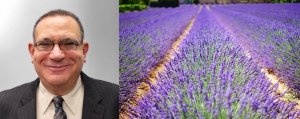
THE QUALITY OF THE RAW MATERIALS CAN MAKE OR BREAK A FRAGRANCE
Most perfumers blend from 6 to 60 or more raw materials into a single formula. The most important test of a good fragrance lies in its character, and the quality of the raw materials used can decisively impact its performance and durability. Whether a fragrance is natural or synthetic, its raw materials serve as the perfumer’s palette. If the raw materials are of inferior quality, so will be the end creation.
MOST FRAGRANCE CREATION COMPANIES USE TESTING PANELS
The more reputable perfume houses always employ in-house and out-house testing panels to determine the impact of a specific fragrance on consumers. These panels provide the framework for surveys conducted in pre-determined locations. Samples of a new fragrance are sent to both known and potential customers who fill out a form online and agree to take a short survey.
CHOOSING THE PROPER “FLACON” PACKAGING IS IMPORTANT
When purchasing a fragrance, a first impression, which is totally visual, depends upon the flacon containing the scent and how attractive and heavy it is. Consumers expect to get their money’s worth when they purchase luxury fragrances, a perception that is stimulated by the weight of the flacon and the quality of the box it comes in. With thousands of new launches every year, the competition among perfume houses is very keen. Often, distinct and unique packaging is what sets one fragrance apart from another.
THE PERFUME SPRAY PATTERN IS AN IMPORTANT CONSIDERATION
Generally speaking, the larger the spray area, the lighter the resulting fragrance, and the smaller the area, the more intense the scent. For a lighter aroma, a user should spray into the air and slowly walk into the mist. This will distribute the scent evenly. Rubbing vaseline on pulse points before spraying, will make the scent last much longer. Another rule of thumb is to always spray perfume right after taking a shower and before getting dressed. This serves to lock in the scent because the skin is still moist.
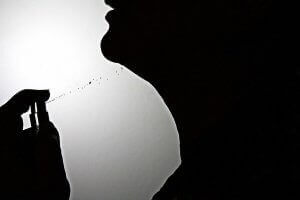
RESEARCH AND UPCOMING TRENDS DETERMINE MORE THAN YOU KNOW
The power for research lies in its ability to assess and predict certain outcomes. Researchers can uncover important data about the dynamics of consumer tastes and preferences based on gender, age and other demographics. For example, following a boom in celebrity and mass-market fragrance sales that lasted for several years, consumers are now shifting away from them.
ALPHA AROMATICS AND PERFUME CREATION
Our routes have been in continuous operation for more than seventy years. Our perfume masters create and supply scents for some of the most respected brands in the world today.
Scented creations are used in a myriad of ways that include: some of the finest perfumes, personal care products such as soaps and shampoos, natural and organic fragrances, candles, diffusers, molecular odor neutralizers and more.
Our fragrances are painstakingly developed, created layer by layer and utilizing the most innovative and sustainable technologies available. Our professionals enrich the environment as well as the daily lives of our clients by providing the most innovative scented products found anywhere on the modern fragrance market.

